On March 28, as part of the development of the Digitalization Center of the Participating Countries of the Turkic States Organization, the first conference was held in the Vargates metaverse.
The aim of this unique event was to showcase the developments and potential of the Turkic Metaverse concept, ushering in new avenues of digital communication.
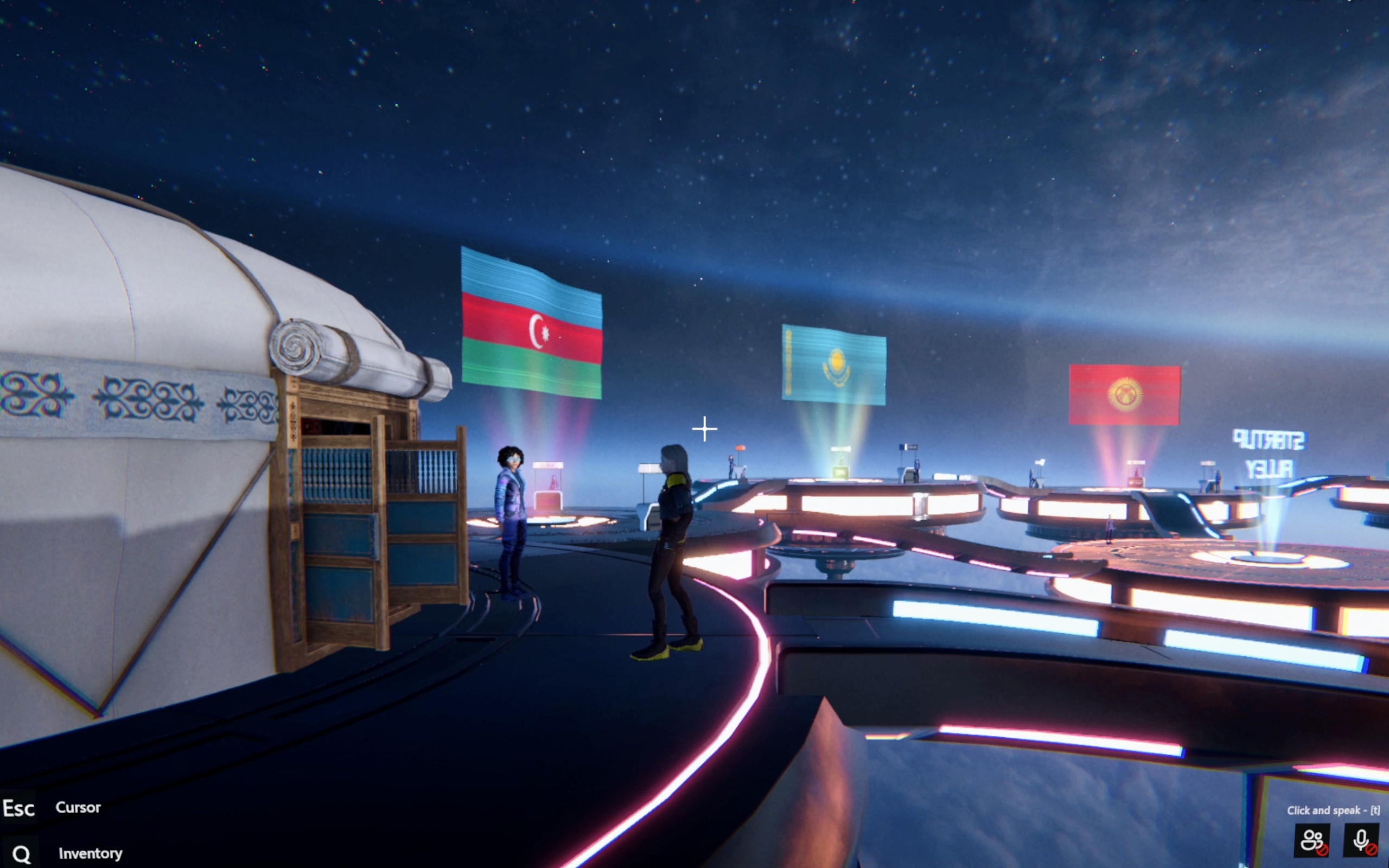
Turkic Metaverse came to life within the virtual realm of the VARGATES platform. The virtual space was thoughtfully incorporated with elements reflecting the rich culture, profound history, and distinctive architecture of turkic nations. Attendees had a unique opportunity to explore innovative solutions presented by startups and technoparks, and communicate with AI assistants.
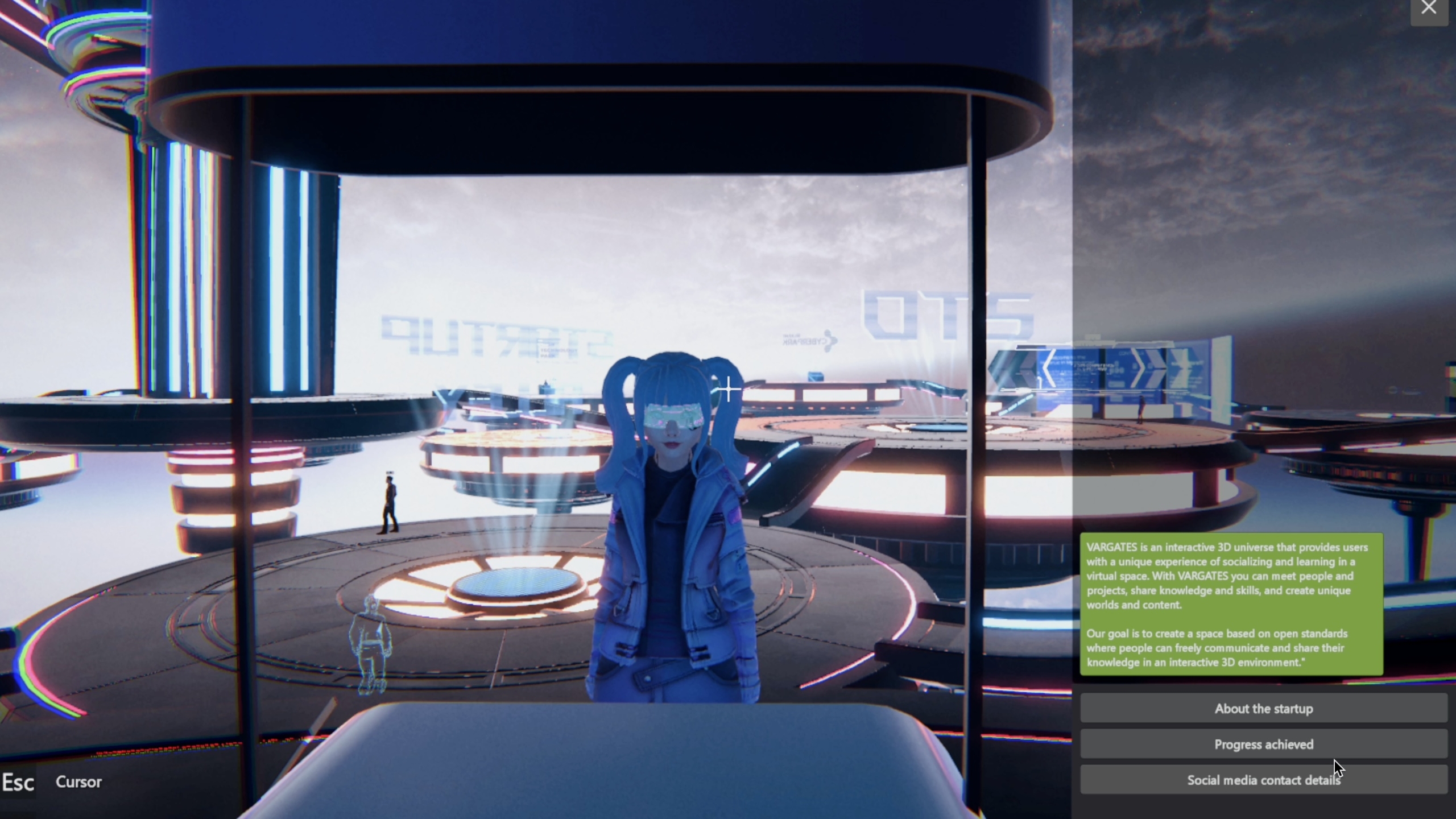
Representatives of the Turkic States Organization and technoparks from participating countries, including Astana Hub (Kazakhstan), Bilkent Cyberpark (Turkey), High Technology Park (Kyrgyzstan), and Sabah Hub (Azerbaijan), were present at the conference. The event also featured a panel session where speakers discussed the potential of the Turkic Metaverse project and the opportunities for using the metaverse as a platform for dialogue, cooperation, and knowledge exchange.
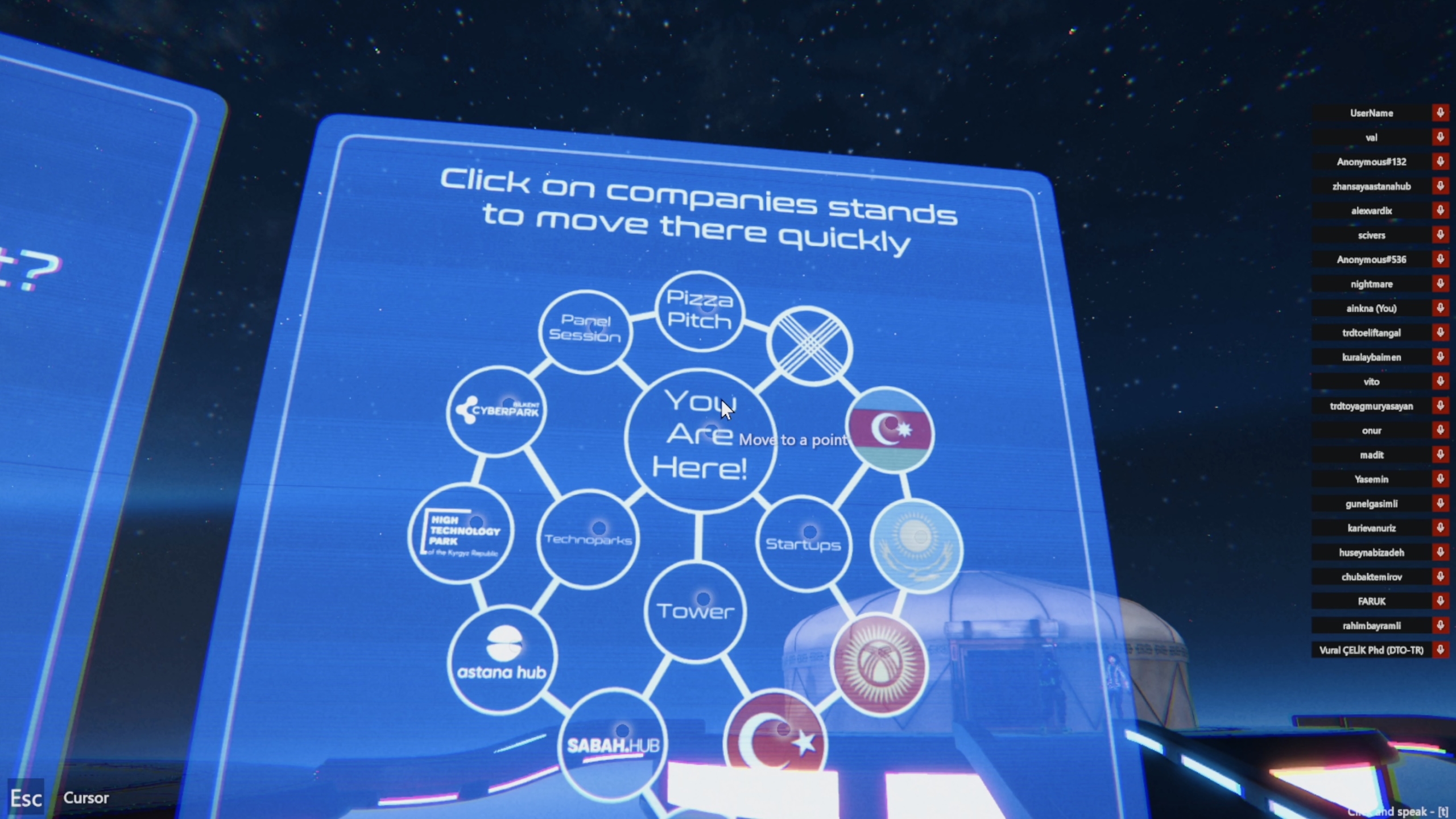
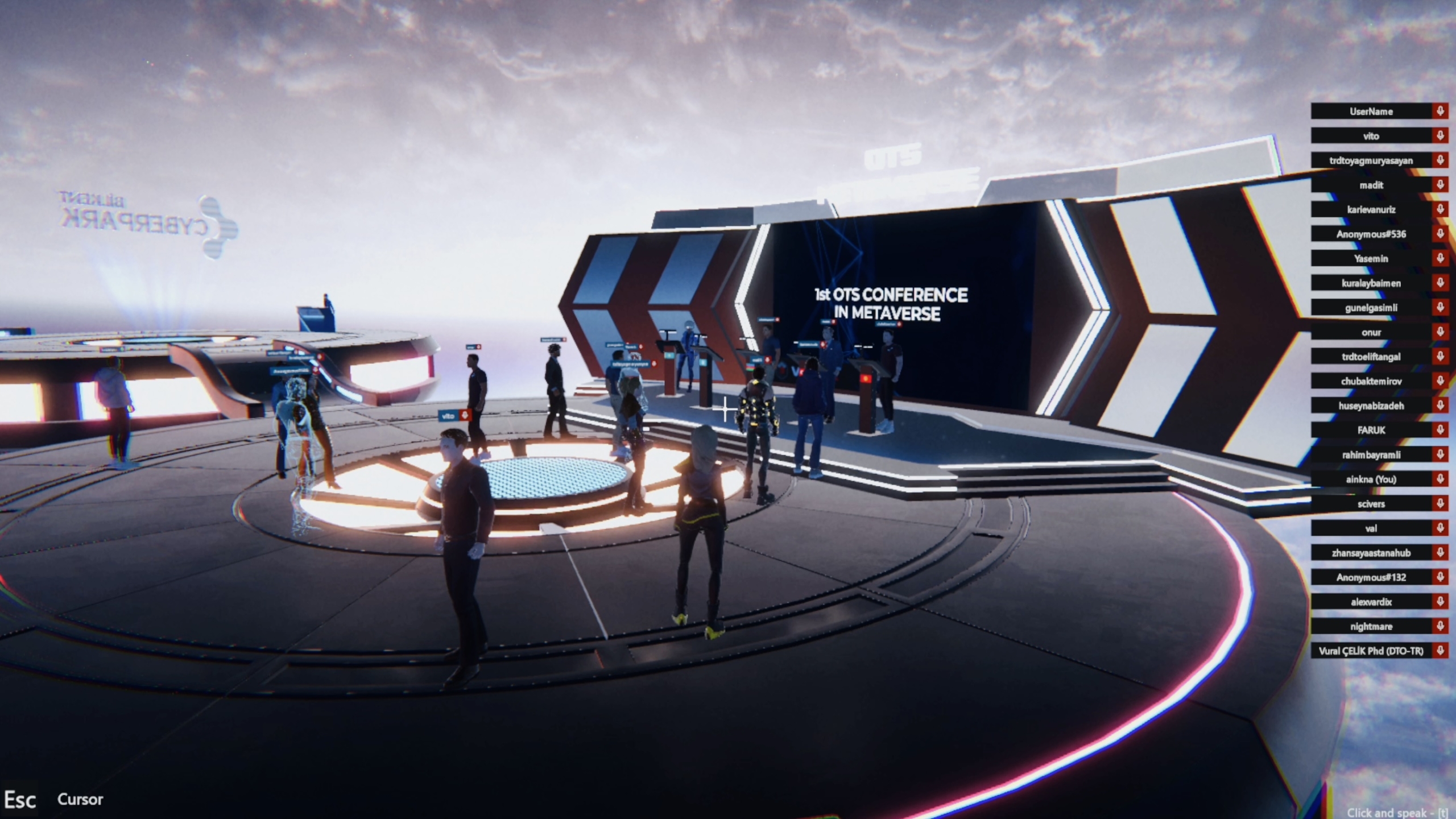
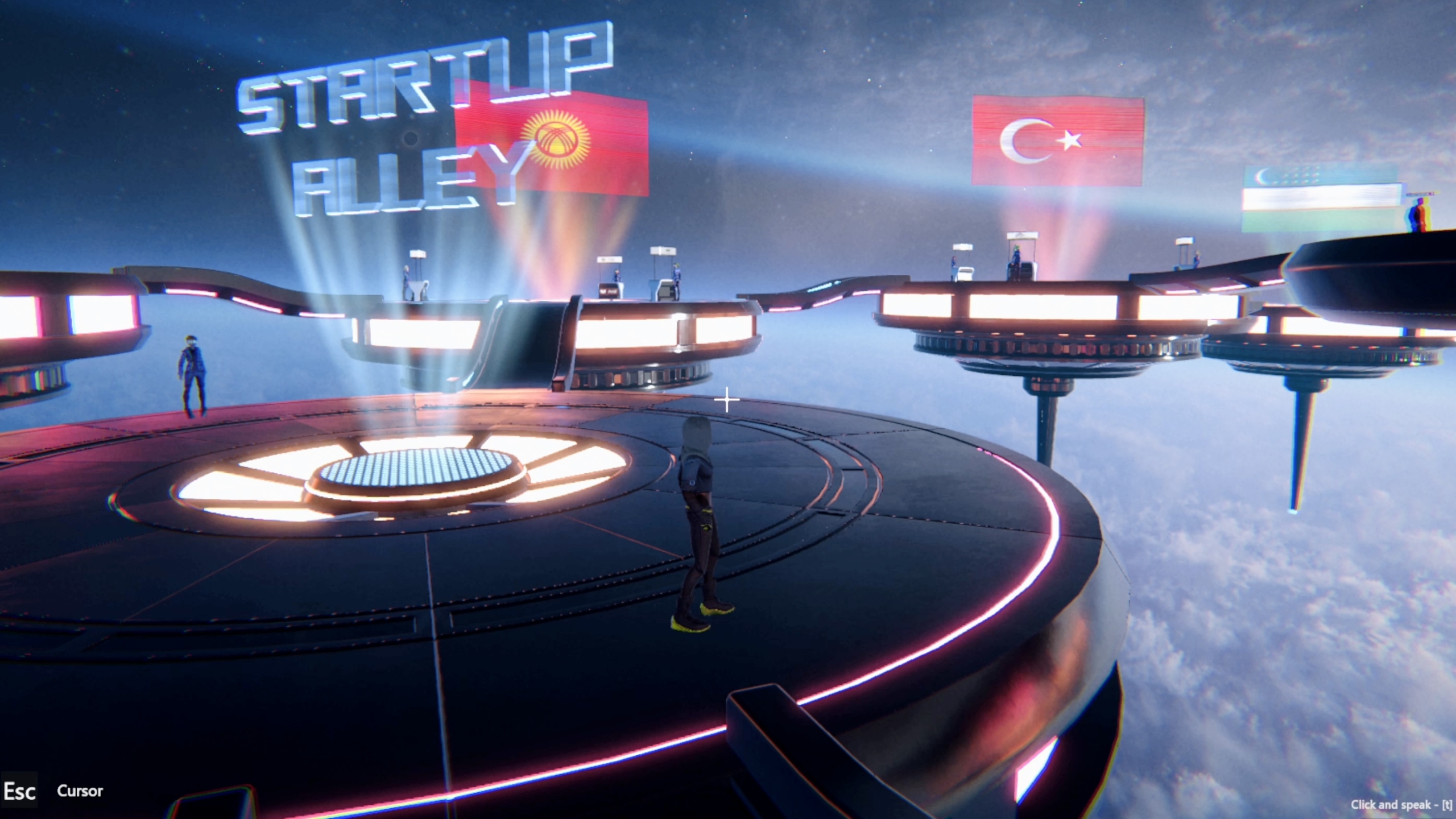
Once again VARGATES and AstanaHub reaffirm their commitment to building a future where technology, culture and innovation intertwine in a unique virtual experience.
Virtual events and exhibitions offer a multitude of advantages, including geographical flexibility, global accessibility for participants, and interactive opportunities for networking.
VARGATES is available for macOS and VR
News, VARGATESHi everyone, we are happy to present you the next update of our products.
The main good news is that the VARGATES platform is now available on macOS and AppLab for Meta Quest virtual reality helmets. VARGATES Medical is also available for Meta Quest.
Interface and functionality:
System changes:
We will be glad to receive your comments, which you can send through the application or through contacts on the site!
Regional Pizza Pitch Online!
News, VARGATESOn March 28th, VARGATES had much more in store than just one event
In the virtual Astana Hub, an exciting monthly gathering unfolded for startups, investors, venture funds, business angels, and anyone intrigued by the IT future of Kazakhstan – Pizza Pitch.
This time the event took place exclusively online, with startups coming from various regions of Kazakhstan, demonstrating the wide range and diversity of innovative efforts.
Attendees had an opportunity to watch broadcasts from the virtual Media Hall and communicate with fellow participants, cultivating an environment where professional insights and expertise were accessible to all, fostering a dynamic exchange.
VARGATES provides a unique platform full of virtual courses and a rich interactive 3D environment for learning and leisure.
Eager to step into a world limited only by your imagination?
Turkic Metaverse Conference on the VARGATES Platform
News, VARGATESOn March 28, as part of the development of the Digitalization Center of the Participating Countries of the Turkic States Organization, the first conference was held in the Vargates metaverse.
The aim of this unique event was to showcase the developments and potential of the Turkic Metaverse concept, ushering in new avenues of digital communication.
Turkic Metaverse came to life within the virtual realm of the VARGATES platform. The virtual space was thoughtfully incorporated with elements reflecting the rich culture, profound history, and distinctive architecture of turkic nations. Attendees had a unique opportunity to explore innovative solutions presented by startups and technoparks, and communicate with AI assistants.
Representatives of the Turkic States Organization and technoparks from participating countries, including Astana Hub (Kazakhstan), Bilkent Cyberpark (Turkey), High Technology Park (Kyrgyzstan), and Sabah Hub (Azerbaijan), were present at the conference. The event also featured a panel session where speakers discussed the potential of the Turkic Metaverse project and the opportunities for using the metaverse as a platform for dialogue, cooperation, and knowledge exchange.
Once again VARGATES and AstanaHub reaffirm their commitment to building a future where technology, culture and innovation intertwine in a unique virtual experience.
Virtual events and exhibitions offer a multitude of advantages, including geographical flexibility, global accessibility for participants, and interactive opportunities for networking.
Are you prepared to step into a virtual realm unrestricted by borders?
Pizza Pitch in the VARGATES Metaverse!
News, VARGATESWelcome to Pizza Pitch!
On March 28, 2024, an exciting event known as Pizza Pitch will take place in the virtual world of the Metaverse VARGATES. This innovative event is for startups from different regions of the country who will be able to come together and showcase their innovative and ambitious ideas to a respected audience of experts, colleagues and enthusiasts.
VARGATES Metaverse provides a unique opportunity for individuals and teams passionate about the dynamic world of information technology (IT) to immerse themselves in a new experience in the metaverse. By participating in this event, participants will not only have the opportunity to witness cutting-edge ideas and developments emerging in the startup ecosystem, but will also have the opportunity to communicate, collaborate and interact with like-minded people who share a common enthusiasm for technological innovation.
Get ready to be inspired, challenged, and carried away by exploring the limitless possibilities that await you in the VARGATES Metaverse.
Don’t miss this exceptional opportunity to be a part of something truly revolutionary. Mark March 28, 2024 in your calendars and get ready to embark on an unforgettable adventure in the world of virtual innovation. See you in the VARGATES Metaverse at Pizza Pitch!
DOWNLOAD AND JOIN
Happy New Year!
NewsDear friends!
We congratulate you on the coming New Year! We hope that the New Year will bring you and your loved ones a lot of happiness, prosperity and fulfillment of all your wishes!
We thank you for your support and trust!
Sincerely,
VARDIX team
Vargates on the Oculus Store platform!
News, VARGATESExciting news, everyone! 🚀 Get ready to dive into the next level of adventure as VARGATES is about to hit the Oculus Store! 🎮💥 Immerse yourself in a world of limitless possibilities and embark on epic journeys like never before. A new era of virtual exploration and exciting adventures! Stay tuned for the release date. Trust us, you won’t want to miss out on this mind-blowing experience!
VARDIX Physics Lab
NewsStep into the future of physics education with the VARDIX Physics LAB 3D platform! It leverages cutting-edge 3D graphics and computer animation solutions for a truly immersive virtual experiment experience. With over 80 virtual 3D laboratory instruments, it’s the perfect environment for labs of any complexity. Get realistic graphics on any computer.
Benefits:
#VARDIXPhysicsLAB #PhysicsEducation #VirtualExperiments
Vargates Pathology 3D
News, VARGATESExplore the world of virtual 3D organ models with Pathology3D!
Study pathological anatomy like never before. Pathology 3D is a new generation of 3D screen simulators specially designed for studying general and special pathological anatomy. With Pathology3D you can immerse yourself in the fascinating world of virtual 3D organ models and simulate pathomorphological changes that are typical for various diseases and syndromes. This is a powerful constructor that gives you the ability to interact with interactive 3D models and visually explore pathological processes. With Pathology 3D you can visualize and study various pathological changes on organs and examine their effect on body functioning. It is a valuable tool for students, medical professionals, and researchers to enhance their knowledge and skills in pathological anatomy.
REQUEST PATHOLOGY 3D
Vargates Technics App
News, VARGATESDear friends!
We are pleased to present you the Vargates Technics App!
Vargates Technics is a 3D platform for creating training courses, instructions and visualization of processes in the virtual universe – VARGATES. The platform allows you to significantly reduce the cost of training and visualization, as well as improve the skills of staff. There are 3 personalized operating modes aimed at optimizing processes and achieving maximum efficiency. Endless worlds, artificial intelligence and social networks are the new opportunities that we offer. Find a powerful tool for your development.
SEND REQUEST TO TRY
The first day of Job Fair started!
News, VARGATESA job fair has started today, in which you can participate online from anywhere in the world!
Vacancies from leading IT companies will be presented to you at the fair. Do not miss the opportunity to take an expert session from leading HR specialists and build a career in the field of your dreams, regardless of your location, together with a job fair in the Metaverse.
In addition, those interested can register to participate in the metaverse event to get recommendations on improving their resume “Roast my CV” by sending an application to the mail cv@astanahub.com marked “Publish my resume”.
We would like to remind you that the Job Fair will be held October 12-13, 2023.
Don’t miss the opportunity to work for the best companies in the IT field! We are waiting for you!
DOWNLOAD AND JOIN
“Digital Bridge 2023” on Vargates platform!
News, VARGATESThe long-awaited job fair “Digital Bridge 2023” will take place tomorrow, which will be held on our Vargates platform!
Consultation from specialists of top companies, job search, resume submission, new acquaintances – all this in the virtual world. You will have the opportunity to talk directly with HR specialists, leave your resume and get a long-awaited offer! To get feedback about your resume, we will have a resume roast, where we will analyze your resume in a live broadcast and give recommendations for improvement!
Don’t miss it, join now!
DOWNLOAD AND JOIN
BIG ACADEMIX3D UPDATE: IMPROVED INTERFACE, OFFLINE MODE AND NEW FEATURES
AcademiX3D, News, VARGATESGreetings, everyone! We have good news for all AcademiX3D users. We have released a major update with many changes, improvements, and new features. Let’s look at the main changes:
Interface and functionality:
System changes:
Fixing bugs and errors:
We will be glad to receive your comments and suggestions, which you can send through the application or contact us through the contacts on our website. We hope that this update will make your experience with AcademiX3D even more convenient and interesting!
You can download the current version on the AcademiX3D page.